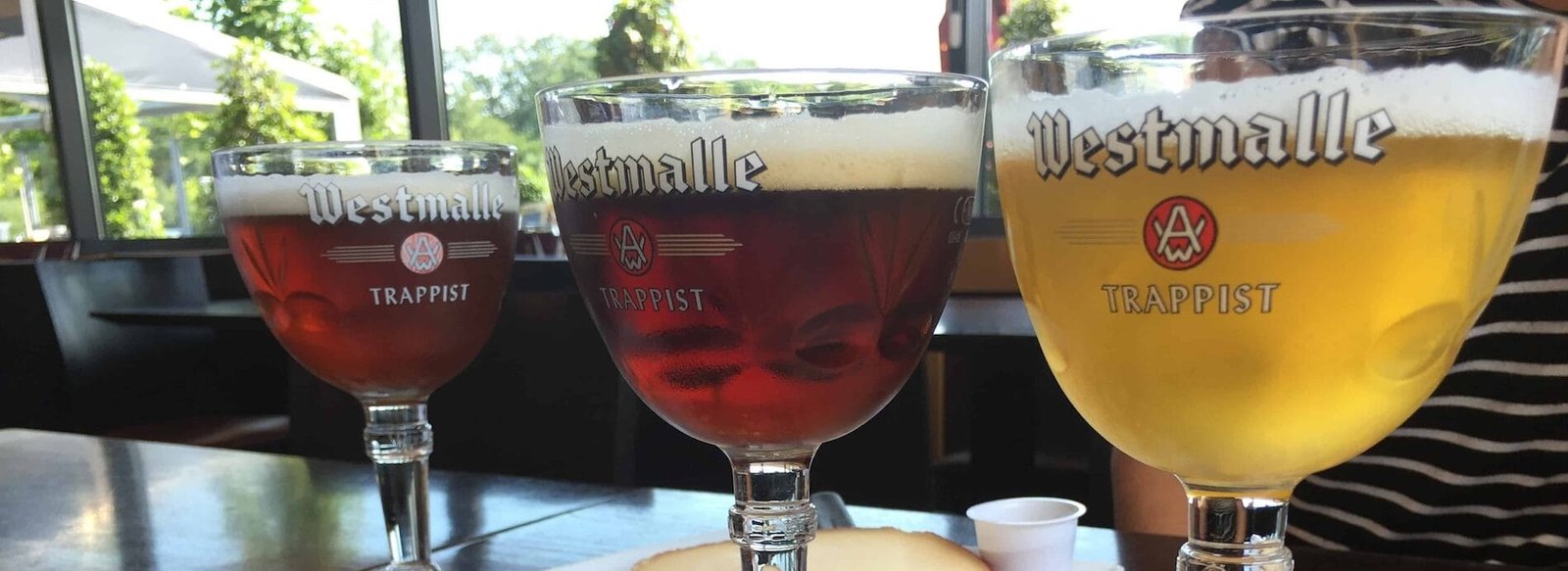Belgium has long been celebrated for its rich brewing tradition, characterized by a diverse array of styles, flavors, and brewing techniques. Among the most intriguing categories of Belgian beers are the strong ales, particularly the Dubbel, Tripel, and Quadrupel. These beers are not just beverages; they are a reflection of centuries of brewing artistry, local ingredients, and cultural heritage. This article delves into the complexity of Belgian strong ales, examining their characteristics, brewing processes, and the nuances that set them apart.
The Foundation: Belgian Brewing Tradition
Before diving into the specifics of Dubbel, Tripel, and Quadrupel, it’s essential to understand the broader context of Belgian brewing. Belgian beers often emphasize flavor over alcohol content, with a focus on the interplay of malt, hops, yeast, and sometimes spices. The use of unique yeast strains is a hallmark of Belgian brewing, imparting distinctive flavors that are often fruity, spicy, or earthy.
Belgian strong ales, in particular, are typically brewed with a higher alcohol content—usually ranging from 6% to over 12%—and are known for their rich, complex flavors. These beers often undergo a secondary fermentation process, which contributes to their depth and character. The categorization of these strong ales into Dubbel, Tripel, and Quadrupel is not merely a matter of alcohol content; it reflects a range of brewing techniques, ingredient choices, and flavor profiles.
Dubbel: The Rich and Malty Base
Dubbel, which translates to “double” in Flemish, is often considered the entry point into the world of Belgian strong ales. Traditionally brewed by Trappist monks, Dubbels are characterized by their deep amber to brown color, with a rich malt backbone. The malt used in Dubbels is typically a combination of pale malts and darker malts, such as Munich or caramel malts, which contribute to the beer’s sweetness and complexity.
On the palate, a well-crafted Dubbel presents flavors of dark fruits, such as raisins and figs, alongside notes of caramel, toffee, and a subtle spiciness from the yeast. The mouthfeel is generally smooth and creamy, with moderate carbonation that enhances the overall experience. The alcohol content of Dubbels usually ranges from 6% to 8%, making them potent yet approachable.
One of the most revered examples of a Dubbel is Westmalle Dubbel, produced by the Trappist brewery in Belgium. This beer exemplifies the style with its rich, malty sweetness balanced by a dry finish and complex fruitiness. The brewing process involves a careful selection of ingredients and a fermentation period that allows the yeast to develop its characteristic flavors.
Tripel: The Golden Elixir
Moving up the scale, we encounter the Tripel, a style that is often lighter in color but higher in alcohol content, typically ranging from 8% to 10%. The name “Tripel” refers to the use of three times the amount of malt compared to a standard Belgian ale, resulting in a more robust flavor profile. Tripels are usually golden to pale amber in color and are known for their effervescence and dry finish.
The flavor profile of a Tripel is marked by a delicate balance of sweetness and bitterness. The malt provides a honey-like sweetness, while the hops contribute a floral and herbal character. The yeast plays a crucial role in defining the Tripel’s identity, imparting notes of banana, clove, and pepper. The carbonation is typically high, creating a lively mouthfeel that enhances the drinkability of the beer.
One of the most iconic Tripels is Westmalle Tripel, renowned for its complexity and balance. It showcases a harmonious blend of fruity esters and spicy phenols, with a crisp finish that invites another sip. The brewing process for a Tripel often involves a longer fermentation period, allowing the yeast to fully develop its flavors and aromas.
Quadrupel: The Dark and Intense
Quadrupel, or “Quad,” represents the pinnacle of Belgian strong ales, both in terms of alcohol content and complexity. These beers typically have an alcohol content of 10% to 12% or higher and are characterized by their deep, dark color, ranging from ruby to nearly black. The brewing process for a Quadrupel is intricate, often involving multiple malts, including dark caramel and roasted malts, which contribute to the beer’s rich flavor profile.
The flavor of a Quadrupel is a symphony of dark fruits, such as plums and cherries, layered with notes of chocolate, coffee, and spices. The sweetness is more pronounced compared to Dubbels and Tripels, often balanced by a warming alcohol presence. The mouthfeel is full-bodied and smooth, with a lingering finish that invites contemplation.
One of the most celebrated examples of a Quadrupel is St. Bernardus Abt 12, a beer that has garnered acclaim for its depth and complexity. It presents a rich tapestry of flavors, with dark fruit, caramel, and a hint of earthiness, all harmonizing beautifully. The brewing process for a Quadrupel requires careful attention to detail, as the high alcohol content and complex flavors necessitate a longer fermentation and conditioning period.
The Brewing Process: Art and Science
The brewing of Belgian strong ales is as much an art as it is a science. Each style requires a specific approach to ingredients, fermentation, and aging. The choice of malts, hops, and yeast strains plays a critical role in shaping the final product.
Malt selection is particularly important; the use of specialty malts can significantly impact the flavor, color, and mouthfeel of the beer. For example, the caramel malts used in Dubbels contribute to their sweetness and dark color, while the pale malts in Tripels provide a lighter base for the beer.
Hops, though often used sparingly in Belgian brewing, add essential bitterness and aroma. The timing of hop additions during the brewing process can influence the final flavor profile. Belgian strong ales typically use noble hop varieties, known for their mild and earthy characteristics.
Yeast is perhaps the most critical ingredient in Belgian brewing. The unique yeast strains used in these strong ales produce a wide range of flavors and aromas, from fruity esters to spicy phenols. The fermentation temperature and duration also play a significant role in flavor development, with many Belgian brewers opting for warmer fermentation temperatures to encourage the yeast’s expressive qualities.
Pairing and Enjoyment
Belgian strong ales are incredibly versatile when it comes to food pairing. Their rich flavors and varying sweetness levels make them suitable companions for a wide range of dishes. Dubbels, with their malty sweetness, pair well with roasted meats, stews, and rich cheeses. The fruity notes in Tripels complement lighter fare, such as seafood and salads, while the higher alcohol content and complexity of Quadrupels make them ideal for pairing with chocolate desserts or strong cheeses.
When enjoying a Belgian strong ale, it’s essential to consider the serving temperature and glassware. These beers are best served slightly warmer than typical lagers, allowing their flavors to fully develop. A tulip or snifter glass is often recommended, as it helps concentrate the aromas and enhances the overall tasting experience.
From Dubbel to Quadrupel: The Complexity of Belgian Strong Ales
From the rich maltiness of Dubbel to the bright complexity of Tripel and the dark intensity of Quadrupel, Belgian strong ales offer a remarkable journey through flavor and tradition. Each style is a testament to the skill and creativity of Belgian brewers, who have honed their craft over centuries.
As you explore the world of Belgian strong ales, take the time to savor each sip, appreciating the intricate flavors and the story behind each brew. Whether you’re a seasoned beer enthusiast or a newcomer to the world of craft beer, the complexity of Belgian strong ales promises an enriching experience that transcends mere refreshment.

